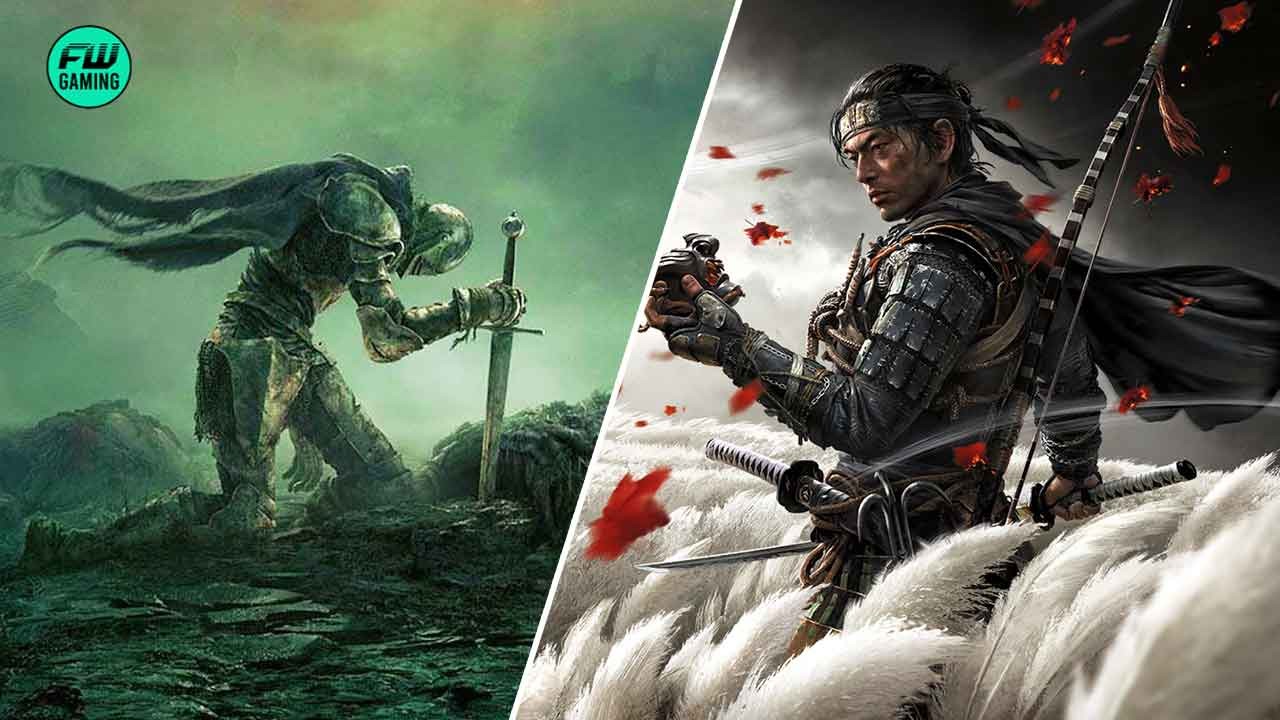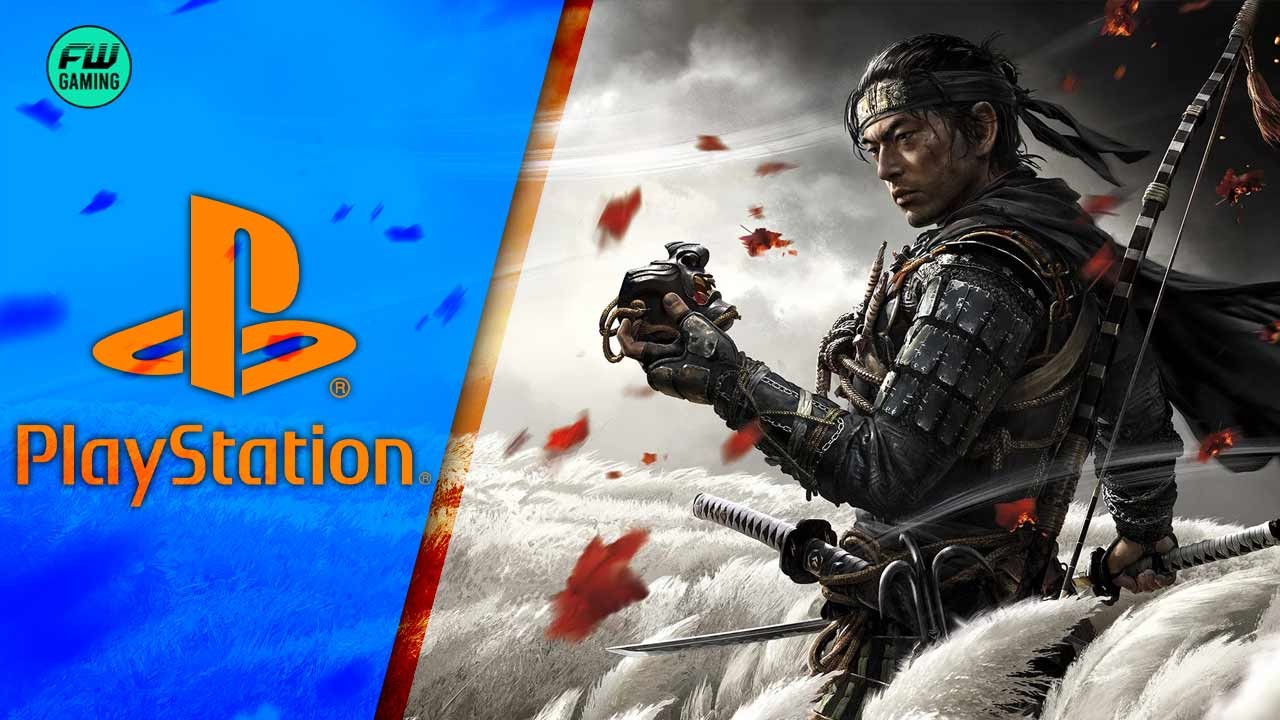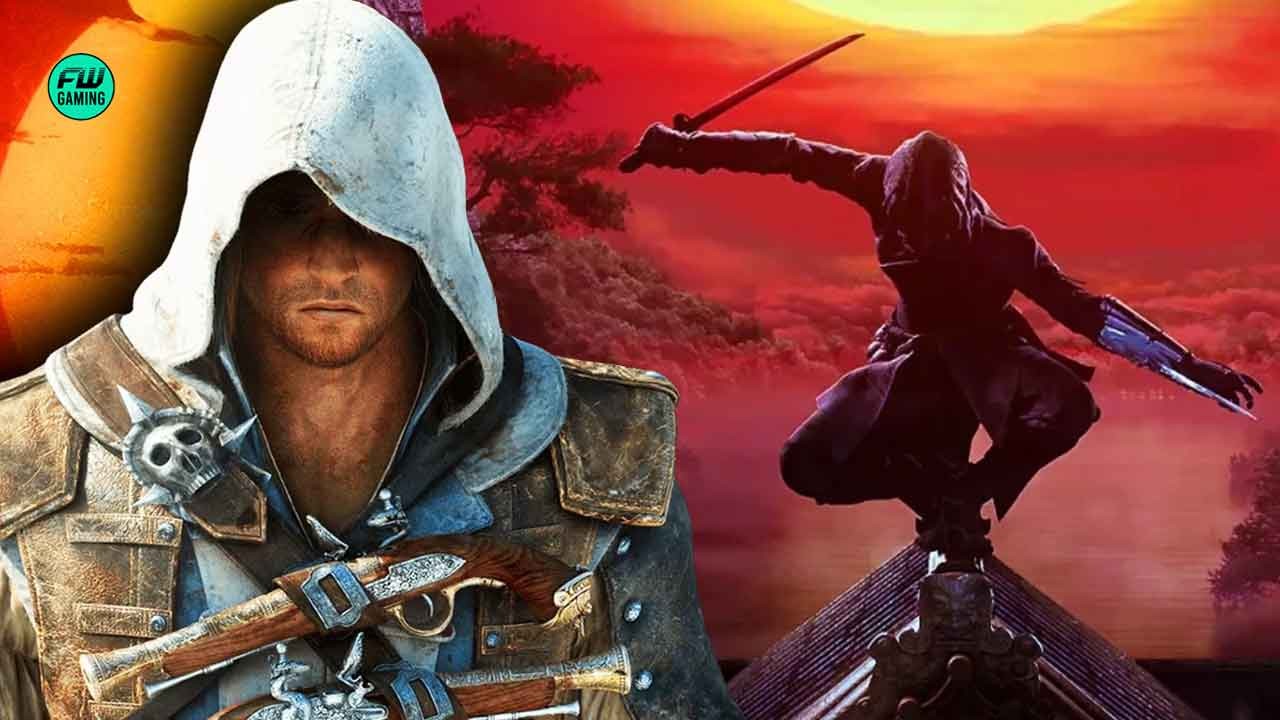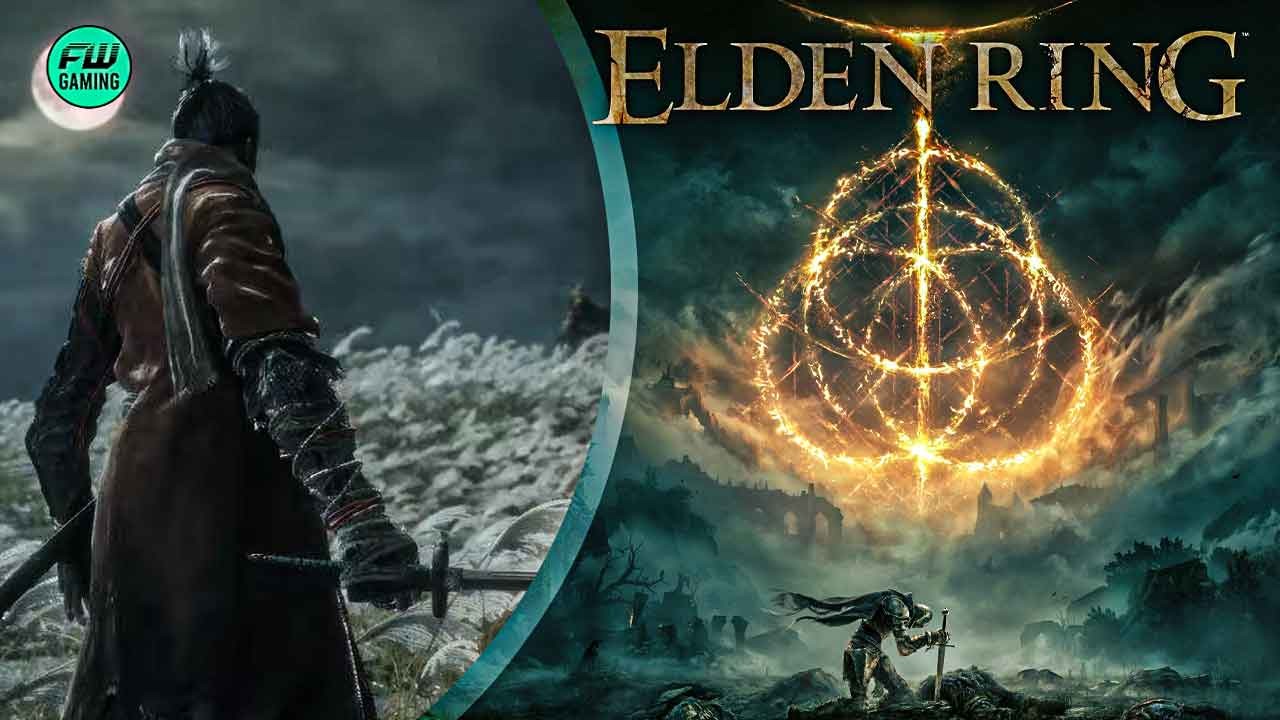As players await for any sign of confirmation or leaks on Ghost of Tsushima 2, players have some relief, albeit after having waited for eons, in the PC version of Ghost of Tsushima 1, arriving 16th May, 2024. Sucker Punch delivered a masterpiece of a game in 2020, one that players still revisit and discover new secrets or even master combat on.
Upon its arrival, the game had a shadow cast upon its back- “An Assassin’s Creed Japan game”. While it is flattering to a degree, Ghost of Tsushima set itself apart from the likes of Assassin’s Creed. Whether it was the clever use of Guiding Winds for traversal, the map not being unusually large and tedious to complete, or the combat having excellent variety.
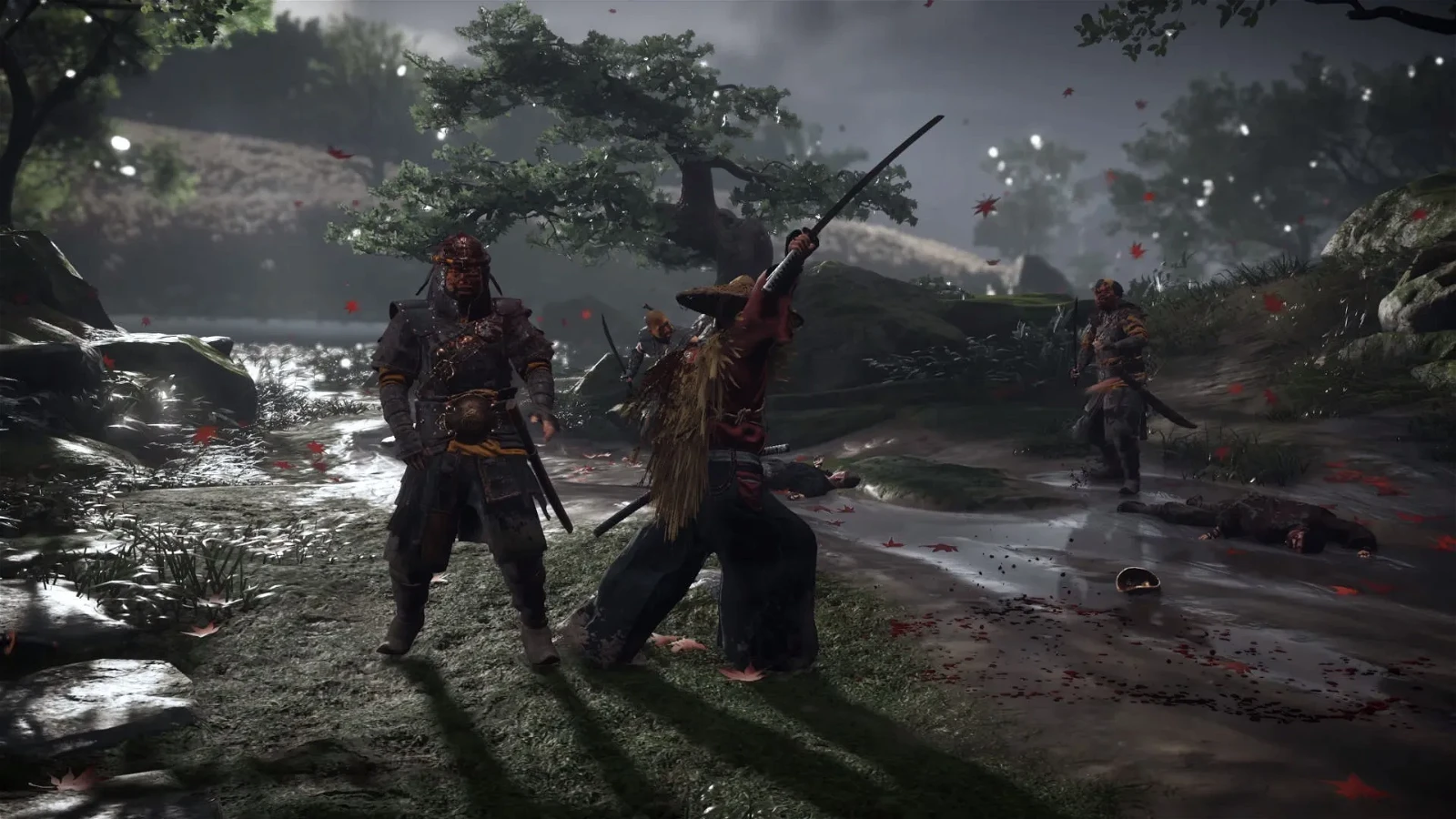
In a conversation with Eurogamer, Co-founder and Producer Brian Fleming, and Creative and Art Director Jason Connell outlined how the combat is what defines Sucker Punch Productions, and has now been their identity for quite a few games.
Ghost of Tsushima‘s immersion factor
Some games are a button-mashing extravaganza for novice players. Take most fighting games for instance. Unless you’re a pro, you’re probably using a hotpot button-mash combo to make your fighter win. Not just the fighting game genre, many other AAA games end up feeling like a piano contest on your controller.

Either that, or the formula starts to feel stale. Take a look at the old, pre-facelift Assassin’s Creed games. While the layout of a single button for most actions, and a double button combo for a high-profile move, seems easy enough to follow, it got boring once Ubisoft decided to follow the same combat layout and style for years.
So how did Sucker Punch Productions set themselves apart and keep players engaged in combat? Brian Fleming and Jason Connell talk Sucker Punch’s identity with Eurogamer–
“I think for me, the throughline on all those franchises is the feel of the controller in your hand and trying to get that to disappear so that it has this immersive quality – when you’re in combat, it doesn’t feel like you’re pushing buttons. It feels like you’re doing the action. I think that’s something we’ve always viewed as one of the principle pursuits, trying to find a way to get the game to feel right. And I think that that began with Sly [Cooper] and continues into Ghost,” says Fleming.
While many developers lose themselves in painting their games “pretty as a picture”, Jason Connell mentioned why Ghost of Tsushima had to be more than just “Oh, that’s nice”.

“I think that using the art and the graphical power to not just be like, ‘Oh, that’s good graphics,’ but to stop you in your tracks and make you go, ‘wow’. The last game it was pushing on the particle effects and making people go ‘Holy shit, you can do that with particles? That’s insane’ to now using those particles, again in a completely new way to exaggerate the beauty of an island and the lighting and just really to make people stop and look at the world and be like, how did they do this?”
It seems they got their formula right. Outside of just pretty graphics, the combat continues to be one of the game’s most-talked about pros even now. With different stances, stealth and fulfilling side quests, Sucker Punch hit all the sweet spots.
Does combat feel ‘lackluster’ in Hidetaka Miyazaki’s masterpieces?
There’s no debating that Hidetaka Miyazaki revolutionized the gaming industry with his Soulslike games. Known for their difficult boss fights, Soulslike games are a pop culture icon with the “You Died” screen being a hot meme. Well, meme material aside, Miyazaki’s games are filled to the brim with ever-flowing lore, and an endless combination of weapons and strategies.
Sure, to the pros, despite its tediousness, the combat isn’t a disengaging factor. However, to many others, difficulty aside, the combat feels like a rinse-and-repeat formula of “roll, duck, move, and get one hit in”. And to some, just bashing buttons and hope for the best.
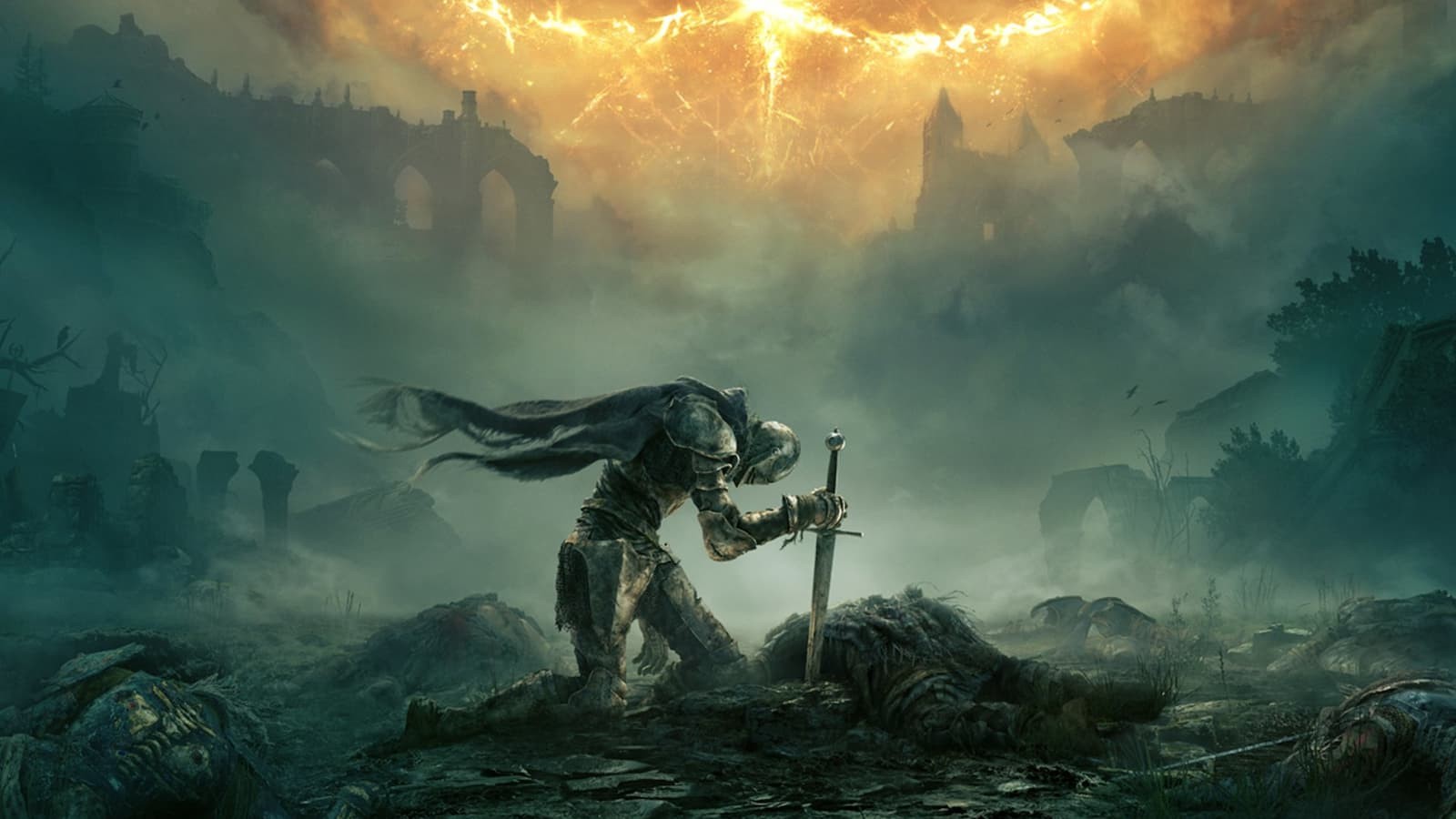
With many players stating how slow and stagnant weapon progression feels, inconsistency in boss-fight difficulty, and grinding hours of gameplay to get a smidge of the story going, Elden Ring, despite its accolades and reputation, falls short of what Ghost of Tsushima achieved in making its combat feel fresh and engaging throughout its course.
Elden Ring, available on Steam; Ghost of Tsushima, coming May 16th.

